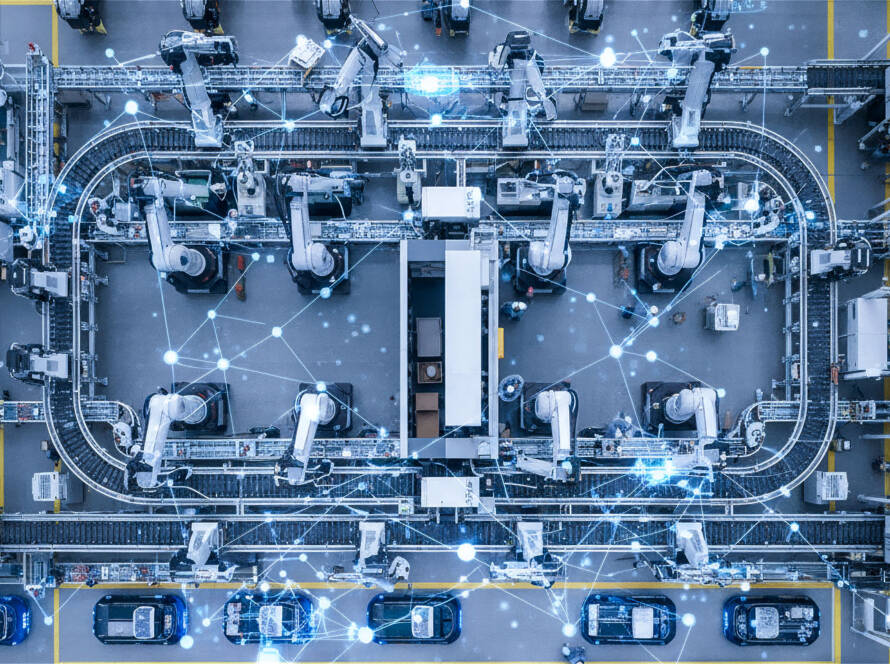As the Internet of Things (IoT) grows exponentially, businesses and industries face the challenge of processing the vast amounts of data generated by connected devices efficiently and quickly. Traditional cloud computing architectures often struggle with latency, bandwidth, and data privacy concerns when handling real-time IoT data. This is where edge computing comes into the picture, revolutionising how IoT systems operate by processing data closer to the source.
In this article, we explore the crucial role of edge computing in enhancing IoT performance, enabling faster decisions, reducing costs, and improving security.
What is Edge Computing?
Edge computing refers to the practice of processing data near the location where it is generated — at the “edge” of the network — rather than relying solely on centralised cloud servers. This distributed computing approach minimises latency and bandwidth use, allowing IoT devices to operate more efficiently and respond in near real-time.
How Edge Computing Benefits IoT Performance
Reduced Latency and Real-Time Insights
IoT applications such as autonomous vehicles, industrial automation, and smart healthcare require near-instantaneous data processing. By analysing data locally at the edge, devices can act quicker without waiting for data to travel back and forth to the cloud. This reduction in latency significantly boosts the responsiveness and reliability of IoT systems.
Bandwidth Optimisation and Cost Savings
Transmitting all IoT data to the cloud can consume enormous bandwidth and lead to increased operational costs. Edge computing filters and processes relevant data locally, sending only the necessary information to the cloud. This efficient use of bandwidth reduces network congestion and lowers data transmission expenses.
Enhanced Data Privacy and Security
Processing sensitive data at the edge limits exposure to potential security threats as less data is transmitted over networks. Edge computing offers an additional layer of security to IoT deployments, especially in industries like healthcare and finance where data privacy regulations are stringent.
Real-World Applications of Edge Computing in IoT

- Smart Cities: Edge devices manage traffic signals and public safety systems in real-time, improving urban living conditions.
- Manufacturing: Edge computing helps factories monitor machinery and detect faults early, boosting productivity and reducing downtime.
- Healthcare: Wearable devices and remote monitoring systems provide instant alerts to medical professionals, enhancing patient care.
- Agriculture: Sensors at the edge monitor soil conditions and crop health, enabling precision farming practices that save resources.
Challenges and Considerations
While edge computing offers many advantages, businesses must tackle challenges like managing distributed infrastructure, ensuring robust security at multiple edge sites, and integrating edge with existing cloud systems. Careful planning and the right technology partners are essential for successful IoT edge deployments.
Conclusion: Embracing Edge Computing for Smarter IoT
The combination of edge computing and IoT marks a significant advancement in digital innovation. By shifting data processing closer to devices, businesses can achieve faster insights, reduce costs, and protect sensitive information. As IoT ecosystems evolve, embracing edge computing will be key to unlocking the full potential of connected technologies.
At Howood International, we specialise in delivering innovative edge computing and IoT solutions tailored to accelerate business performance and digital transformation. Partner with us to harness the power of edge computing and unlock new growth opportunities in your IoT journey.



